Growing Vegan and Vegetarian Population
The Textured Soy Protein Market is witnessing growth driven by the increasing population of vegans and vegetarians. As more individuals adopt plant-based diets for ethical, health, or environmental reasons, the demand for textured soy protein products is on the rise. This demographic shift is supported by various studies indicating that plant-based diets can lead to improved health outcomes and reduced risk of chronic diseases. Market data shows that the number of individuals identifying as vegan has increased significantly in recent years, further propelling the demand for textured soy protein as a versatile ingredient in various food applications. Manufacturers are responding to this trend by developing innovative products that cater to the preferences of this expanding consumer base.
Sustainability and Environmental Concerns
The Textured Soy Protein Market is increasingly influenced by sustainability and environmental concerns. As awareness of climate change and environmental degradation rises, consumers are gravitating towards plant-based protein sources that have a lower carbon footprint compared to traditional animal farming. Textured soy protein, being derived from soybeans, offers a more sustainable alternative, as it requires less land and water for production. Furthermore, the production of textured soy protein generates fewer greenhouse gas emissions. This shift towards sustainable food choices is reflected in market trends, with a significant portion of consumers indicating a preference for products that align with their environmental values. Consequently, manufacturers in the textured soy protein market are likely to focus on sustainable sourcing and production practices to meet this growing demand.
Innovations in Food Processing Technologies
The Textured Soy Protein Market is benefiting from advancements in food processing technologies that enhance the texture and flavor of soy protein products. Innovations such as extrusion technology and fermentation processes are enabling manufacturers to create textured soy protein that closely mimics the taste and mouthfeel of meat. This is particularly appealing to flexitarians and those transitioning to plant-based diets, as they seek satisfying alternatives to traditional meat products. The introduction of new processing techniques has also led to improved nutritional profiles, making textured soy protein an even more attractive option for health-conscious consumers. As these technologies continue to evolve, the market for textured soy protein is expected to expand, catering to a wider audience seeking high-quality plant-based protein options.
Rising Consumer Awareness of Health Benefits
The Textured Soy Protein Market is experiencing a notable shift as consumers become increasingly aware of the health benefits associated with plant-based proteins. This awareness is driven by a growing body of research indicating that soy protein can contribute to heart health, weight management, and muscle maintenance. As a result, many consumers are actively seeking alternatives to animal-based proteins, which has led to a surge in demand for textured soy protein products. In fact, recent data suggests that the market for plant-based proteins, including textured soy protein, is projected to grow at a compound annual growth rate of over 10% in the coming years. This trend indicates a significant opportunity for manufacturers to cater to health-conscious consumers looking for nutritious and sustainable protein sources.
Expansion of Food Service and Retail Channels
The Textured Soy Protein Market is experiencing expansion through the growth of food service and retail channels that offer plant-based options. Restaurants, cafes, and grocery stores are increasingly incorporating textured soy protein into their menus and product lines to meet the rising consumer demand for plant-based foods. This trend is evident in the proliferation of meat substitutes and plant-based meal options available in supermarkets and dining establishments. Market analysis indicates that the food service sector is projected to see a substantial increase in the use of textured soy protein, as chefs and food manufacturers seek to create innovative dishes that appeal to health-conscious consumers. This expansion not only enhances the visibility of textured soy protein but also contributes to its acceptance as a mainstream protein source.


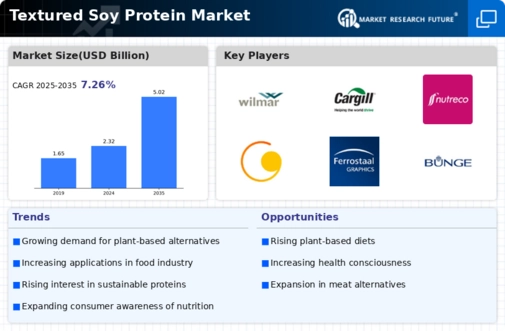
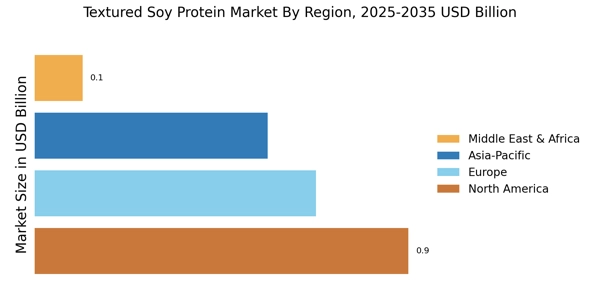
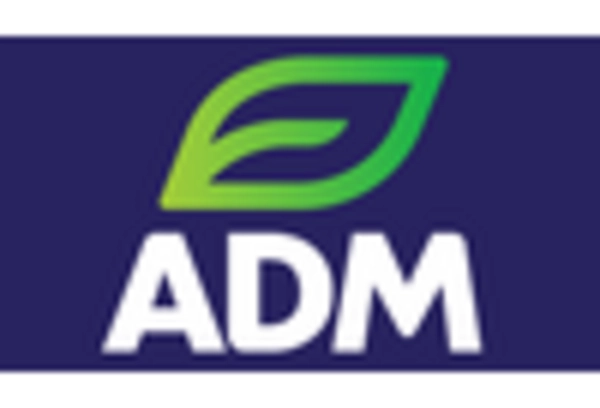
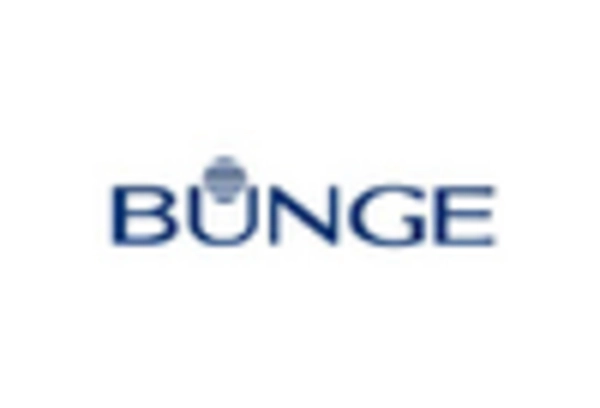


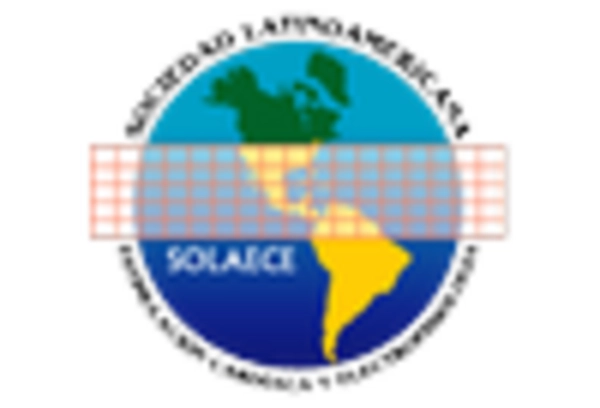
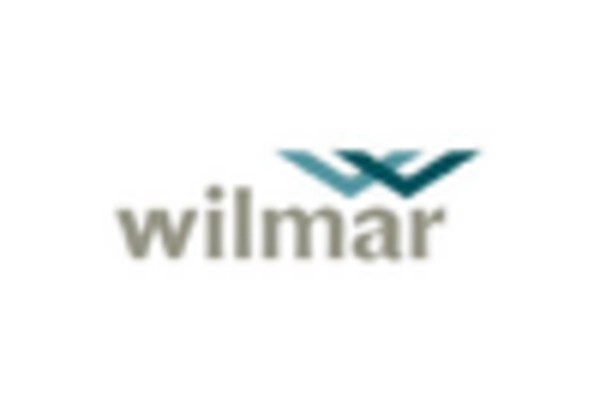








Leave a Comment